Bhutan is a kingdom renowned for its breathtaking landscapes and rich cultural heritage. Airports in Bhutan offer a unique experience from the moment you arrive at them. The country is primarily served by Paro Airport, the only international gateway in the scenic Paro Valley. This airport is known for its dramatic approach, surrounded by towering peaks. Additionally, domestic airports like Bumthang, Gelephu, and Yonphula connect travellers to Bhutan’s remote corners, providing an intriguing start to your journey through this enchanting land. Each airport, while modest in size, reflects Bhutan’s charm and hospitality.
Top 4 Airports In Bhutan
Discover the major popular airports in Bhutan for a hassle-free trip exploring central or eastern regions and scenic ways to experience the beauty of Bhutan.
1. Paro International Airport
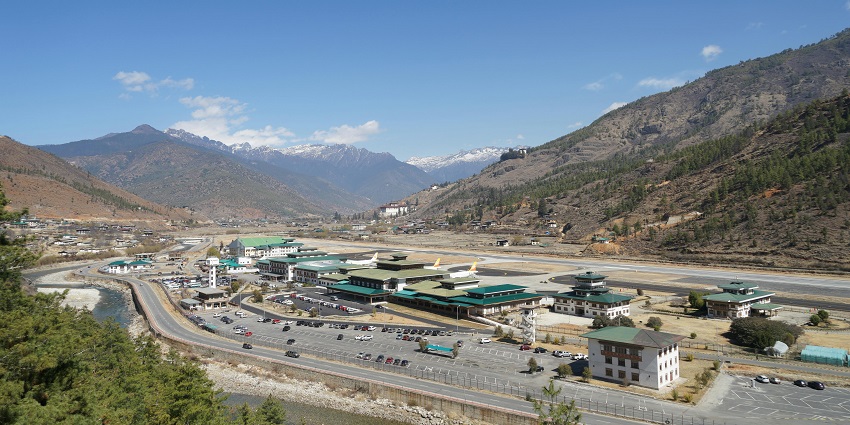
Paro International Airport is the major international airport in Bhutan and is one of the most challenging airports in the world for pilots due to its location amidst towering Himalayan peaks. The airport is situated at an elevation of 2,235 metres above sea level and is surrounded by mountains as high as 5,500 metres. Despite its challenging approach, landing at Paro offers a spectacular experience as planes weave through the valleys, providing breathtaking views of the snow-capped Himalayas. Drukair (Royal Bhutan Airlines) connects Bhutan with major cities such as Delhi, Kathmandu, Bangkok, Singapore, Dhaka, and Kolkata.
Location: Paro Valley, about 6 km from Paro town and 50 km from the capital city, Thimphu
Airlines Operating: Drukair and Bhutan Airlines
How To Reach: Taxi from Paro city centre
Suggested Read: Places To Visit In Paro
2. Bumthang Domestic Airport
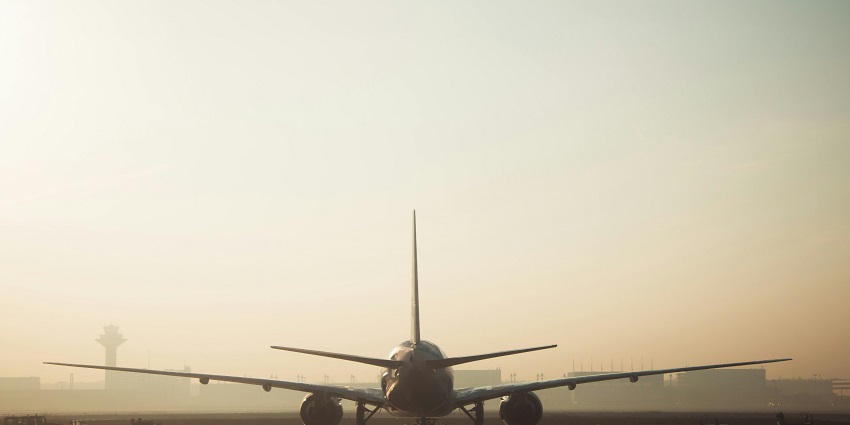
Photo: Maria Tyutina / Pexels / Image For Representation Only
Bathpalathang Airport, or Bumthang Domestic Airport, serves the Bumthang District, known as the spiritual heartland of Bhutan. The region is home to some of the country’s most important temples and monasteries. This picturesque airport in Bhutan does not cater to international flights, but there are frequent flights connecting local cities. Flights to Bumthang offer stunning views of Bhutan’s central valleys and are a convenient way to reach this culturally rich region. At present, the facilities of this airport are basic and comfortable, including checking counters, one small café, and waiting areas.
Location: Jakar, Bumthang District, Bhutan
Airlines Operating: Drukair operates flights to and from Paro and Gelephu
How To Reach: Taxi/bus from Bhutan’s central valleys
3. Gelephu Domestic Airport
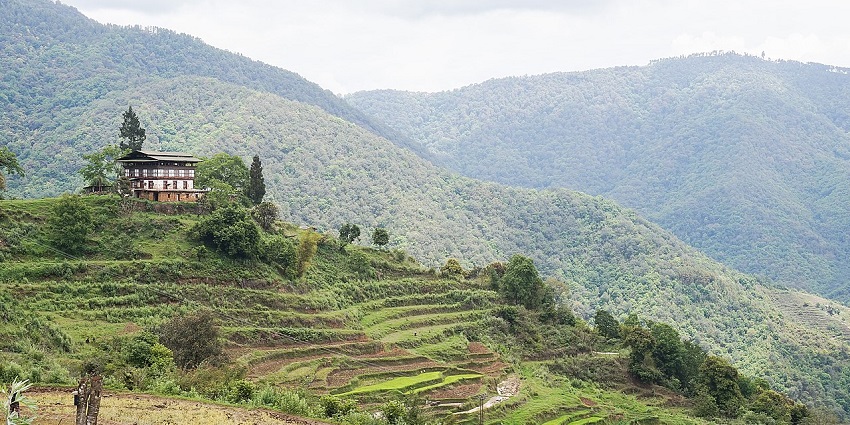
Photo: Bernard Gagnon / Wikimedia Commons / Image For Representation Only
Gelephu Airport is located in the southern part of Bhutan, near the border with Assam, India. It serves as a gateway to the southern regions of the country. The airport is at an elevation of 300 metres (984 feet) above sea level, making it the lowest altitude airport in Bhutan. Gelephu’s location near the Indian border makes it a convenient entry point for travellers coming from India. This domestic airport in Bhutan helps connect different regions of the country and is crucial for travellers looking to explore the more remote and rugged areas of Bhutan.
Location: Gelephu, Sarpang District, Bhutan
Airlines Operating: Drukair operates flights connecting Gelephu with Paro and Jakar (Bumthang)
How To Reach: Taxi from Sarpang
Suggested Read: Best Valleys In Bhutan That Will Take Your Breath Away
4. Yongphulla Airport
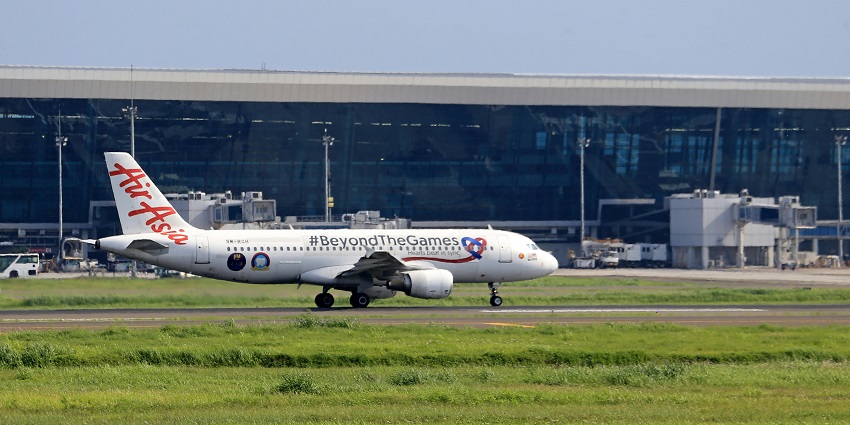
Photo: Jeffry Surianto / Wikimedia Commons / Image For Representation Only
Yongphulla Airport serves the eastern regions of Bhutan, including Trashigang, one of the largest districts in the country. Eastern Bhutan is less frequented by tourists, making it an ideal destination for those looking to explore off-the-beaten-path locations. The airport was constructed in the 1960s by the Indian Army. However, it was originally just an airstrip located atop of mountainous terrains. This domestic airport helps to connect locals and tourists to the easternmost part of the country. Trashigang, also known as the “Jewel of the East” is a popular tourist destination with much to offer to travellers.
Location: Trashigang District, Eastern Bhutan
Airlines Operating: Drukair operates flights between Yongphulla, Paro, and Bumthang
How To Reach: Taxi from Trashigang
Other Factors To Consider
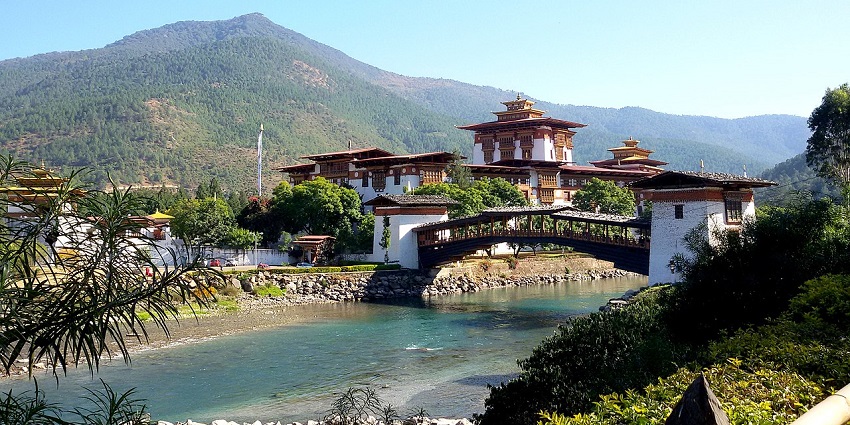
Photo: Ani Modak / Wikimedia Commons / Image For Representation Only
Average Cost Of The Trip
The cost of a trip to Bhutan varies depending on the time of year, the level of luxury you desire, and the duration of your stay. Bhutan operates on a unique tourism policy of “High Value, Low Impact,” which means that the country aims to attract a smaller number of tourists who spend more, thereby preserving its culture and environment. An average estimate would be around 3,35,000 BTN (approx. ₹335346.96).
Tips For Travellers
- Book In Advance: Bhutan has a regulated tourism policy, and the number of visitors is limited, especially during peak seasons.
- Travel With A Licensed Tour Operator: All visitors must book their trip through a licensed Bhutanese tour operator or an international partner.
- Respect Local Customs And Traditions: Visitors are expected to dress modestly, especially when visiting religious sites, and to follow the guidance of their tour guide on local customs.
- Prepare For Altitude: Some travellers may experience altitude sickness. It’s wise to spend your first day acclimatising and staying hydrated.
- Pack Wisely: Depending on the time of year and your itinerary, pack appropriate clothing. Even in summer, evenings can be chilly in the mountains, so layers are advisable. Also, bring sturdy walking shoes for exploring temples and trekking.
- Cash And Currency: Bhutan’s currency is the Ngultrum (BTN), but the Indian Rupee (INR) is also widely accepted. Credit cards are accepted in some hotels and shops, but cash is preferred, especially in more remote areas.
Suggested Read: Discover The Top Things To Do In Bhutan
Airports in Bhutan, though few in number, play a vital role in connecting this remote Himalayan kingdom to the outside world. Whether you’re landing in the majestic Paro Valley or taking off from a remote airstrip in the east, flying in Bhutan is an experience that’s as memorable as the destination itself. Plan a trip with TripXL and enjoy the buzzing country.
Cover Photo: Tiben01 / Wikimedia Commons


 WhatsApp
WhatsApp
 Twitter
Twitter









